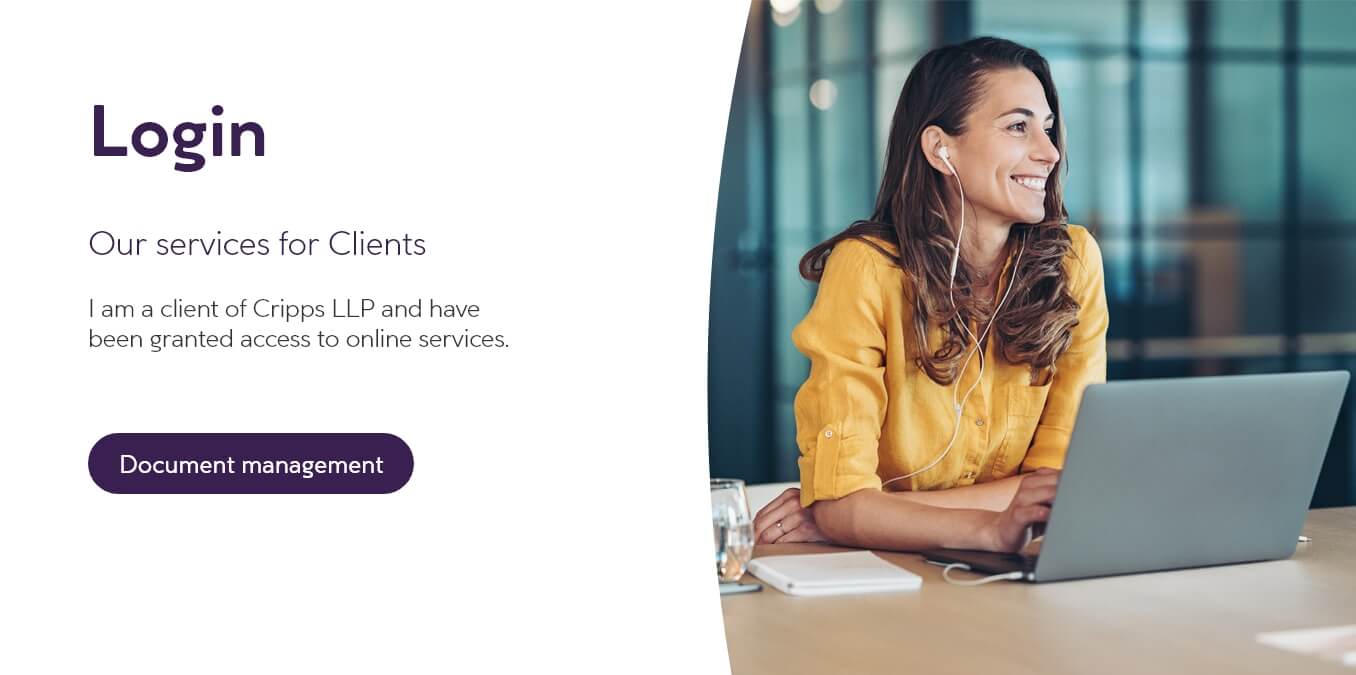
Get prepared for the European Accessibility Act
The European Accessibility Act (the “EAA”) will come into force on 28 June 2025. This EU directive (2019/882) aims to ensure accessibility for individuals with disabilities, covering both physical and digital products and services such as e-commerce sites and mobile apps. Organisations must consider compliance as soon as possible to ensure their products and services are more accessible, as the EAA applies to all businesses trading within the EU, including those in the UK who are making their products and services available to people in the EU. Non-compliant products and services may be subject to penalties.
What are the requirements?
By 28 June 2025, all relevant products and services placed on the EU market (including by companies outside the EU) must meet accessibility requirements. This applies to both private sector firms and the public sector and covers a wide range of products including:
- Hardware devices such as computers, gaming consoles, mobile phones and tablets;
- Operating systems for hardware systems, including mobile apps;
- Self-service machines like ATMs, ticketing machines and check-in kiosks;
- E-books; and
- All e-commerce.
Accessibility requirements relate to the products and services themselves and includes their packaging and instructions. However, there are some exceptions to the EAA including:
Accessibility requirements relate to the products and services themselves and includes their packaging and instructions. However, there are some exceptions to the EAA including:
- Where compliance would lead to fundamental alterations to a product or service; and
- Where compliance would impose a disproportionate economic burden.
To help with accessibility, there are four key principles set out in the Web Content Accessibility Guidelines:
- Perceivable: users must be able to see and hear information;
- Operable: users must be able to navigate through systems;
- Understandable: users must be able to understand information; and
- Robust: the products and services must work well with assistive technologies.
Next steps
Step 1
Organisations should start by conducting a review of their products and services to identify areas needing improvement to enhance accessibility. This can be done through:
- User testing;
- Mystery shopping; or
- Engaging with organisations and groups representing individuals with disabilities.
Step 2
Organisations should then implement necessary changes to improve accessibility. This is an ongoing duty so organisations should continuously improve products and services to meet evolving accessibility standards, such as updating software or redesigning websites and products. It is also important to keep accessibility in mind at all stages of the lifecycle of the product or service.
Step 3
Finally, it is important to document compliance, including when accessibility features were implemented, when training was provided and any customer feedback received. Organisations should monitor any further guidance relating to the EAA.
The EAA brings significant changes to products and services offered to consumers in the EU, as it also affects companies outside the EU. Even if an organisation’s products and services aren’t yet covered by the EAA, it is worth considering accessibility now because the EAA is designed to evolve and future updates are likely to expand the scope to include more industries.
Embracing the changes required by the EAA will not only ensure compliance with the legal requirements but will also allow organisations to expand their customer base, improve user experience and enhance inclusivity to build customer loyalty. Compliance with the EAA is a legal obligation, however it also shows a commitment to social responsibility. In 2023, 27% of the EU population over 16 had some form of disability, which is approximately 101 million people. By taking steps now before 28 June 2025, organisations can ensure they are not only compliant with the EAA, but also creating a more inclusive and accessible digital world.
How we can help
If you would like help with complying with the European Accessibility Act, please contact our commercial team who are happy to help.
Talk to us about
Related services
Related sectors






 Download PDF
Download PDF










